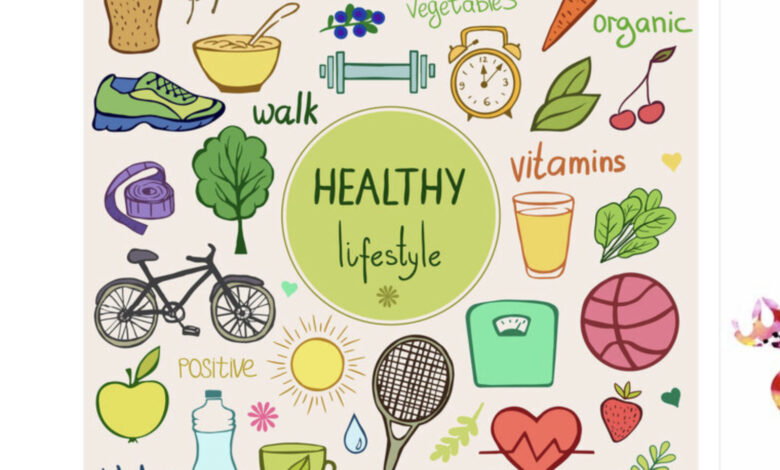CARDIOVASCULAR MORTALITY STAGNANT, RISK FACTOR PREVALENCE WORSE!

Most of us are aware of the risk factors for cardiovascular disease. We hear about them in public service announcements, read about them in newspaper and magazine articles, and discuss them in conversations with friends. Hypertension, smoking, obesity, diabetes mellitus, and hyperlipidemia are well-established factors that we know contribute greatly to the development of hardening of the arteries and heart disease, ie. cardiovascular disease.
Despite vigorous, long-term campaigns to reduce and control these risk factors, many have actually increased in prevalence. That’s hard to imagine. And after years of declines in cardiovascular mortality, cardiovascular disease statistics have remained steady the past decade. Why is that? Well, a major study at Harvard and Washington University in St. Louis provided an answer.
Researchers studied 13,000 U.S. adults age 20-44 years from 2009 to 2020. What they found is consistent with what family doctors experience every day. Some risk factors have easy and effective methods of control while others, despite the best efforts, do not.
There has been good success getting people to stop smoking. The banning of tobacco advertising plus the massive effort to warn people of the harms of smoking have been successful. The reduction in hyperlipidemia due largely to the introduction of statin drugs has impacted cardiovascular mortality significantly. I think the steady declines mentioned above are due to effective anti-smoking and and anti-cholesterol programs. Just like in Kansas City, they’ve “gone about as far as they can go,” however.
What has been learned in this decade-long study was that the prevalence of obesity, hypertension, and diabetes mellitus have all gotten worse. Three of the major risk factors for cardiovascular disease are just as troublesome now as they were 10 years ago. From 2009 to 2020, the prevalence of obesity increased from 32.7% to 40.9%, the largest increase. That’s an 8.2% increase. Just look around you and see for yourself the challenges we face. That obese person in the spandex pants, is undoubtedly also diabetic and has high blood pressure. People in this profile are seen all the time. The largest proportion of these folks are Black, Hispanic, or Mexican American individuals, but Whites are “guilty,” too.
Hypertension (high blood pressure) has increased from 9.3% to 11.5% in the decade studied despite stats showing control of high blood pressure was consistently achieved during the study decade. Diabetes mellitus has also increased from 3% to 4.1%. No disease is accompanied by a greater prevalence of cardiovascular complications than diabetes. Something in the genetic make-up or metabolic function of the diabetic individual makes them prone to any and all of the cardiovascular morbidities that an occur. Diabetics all have vascular/circulatory problems and eventually develop heart disease as well.
Educational and deterrence programs for cholesterol and smoking reduction have been successful over the past 30 years. Blood pressure, diabetes, and obesity (weight loss) programs have not. These conditions are simply more difficult to treat. With smoking, you either stop or you don’t. With cholesterol, statins are nearly 100% effective. Taking an adequate dose you will reach your target level of LDL-C. With hypertension, some people are on five BP-lowering drugs and still aren’t at target BP. Side effects and cost plague anti-hypertensive drugs making patient adherence a problem. With diabetes similar problems exist. Multiple drugs are available and multiple combinations of drugs are possible. The goal is to normalize blood sugar, but even with tight control, cardiovascular complications occur.
Physicians have done well for patients in regard to smoking cessation and lipid lowering. There has been less success controlling obesity, diabetes, and hypertension, however. No one lives forever. We all die of something, of course, but diabetes is a slow, agonizing death as all the complications evolve. Medical science has poured money and manpower into these cardiovascular risks, but improvement has plateaued. To be successful, someone needs to find the “secret to life.” Where we go from here is anybody’s guess.
Reference: Aggarwal R, Yeh RW, Maddox KEJ, Wadhera RK. Cardiovascular Risk Factor Prevalence, Treatment, and Control in US Adults Aged 20-44 Years, 2009 to March 2020. JAMA 2023 March 21;329(11):899-909.




